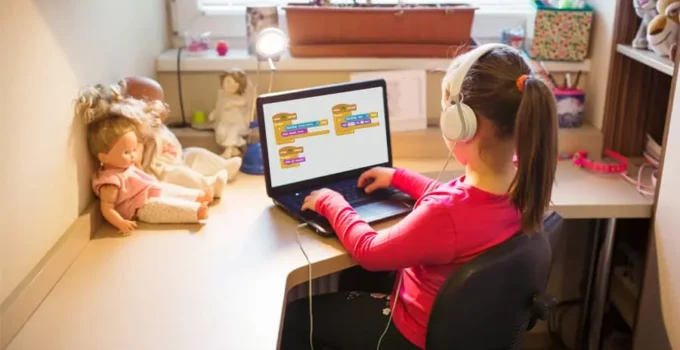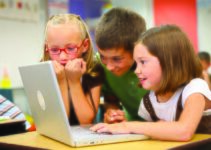In today’s rapidly advancing world, it is becoming increasingly important for children to develop digital skills at an early age. One such skill that has gained significant popularity is coding. While traditional coding may seem intimidating for kids, block coding provides a fun and accessible way for them to learn the fundamentals of programming. So, what is block coding for kids and how does it work?
Let’s explore this exciting educational tool.
Understanding Block Coding
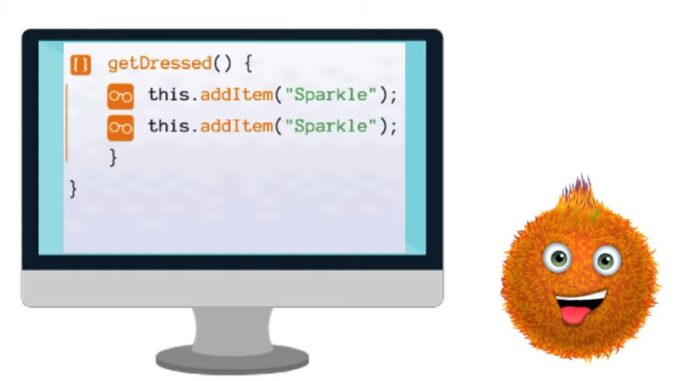
Source:youtube.com
Block coding, also known as visual programming, involves using blocks or puzzle pieces to create computer programs. Each block represents a specific command or action, such as moving a character, playing a sound, or changing colors. Kids can drag and drop these blocks on a graphical interface to build a sequence of instructions. By arranging and connecting the blocks together, children can create interactive animations, games, and other projects.
Best of all, there are numerous free kids coding resources available
Why is Block Coding Ideal for Kids?
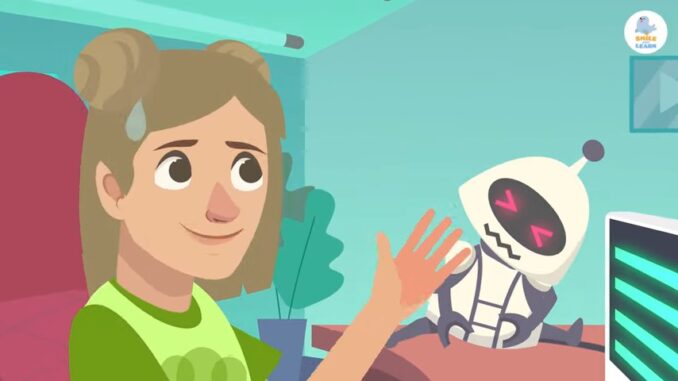
Source:youtube.com
Block coding is a lot easier for children to comprehend and learn compared to traditional text-based coding languages. Here are a few reasons why block coding is an ideal starting point for young learners:
- Visual Representation: The visual nature of block coding allows kids to understand the logic behind programming concepts easily. Instead of struggling with complex syntax and grammar, they can focus on arranging blocks in a logical order to achieve the desired outcome.
- Error Reduction: In traditional coding, a single typo or syntax error can lead to frustration and hours of debugging. Block coding eliminates such errors as the blocks fit together in a predetermined way, preventing kids from making syntax mistakes. This aspect helps build confidence and keeps them engaged.
- Immediate Feedback: When kids drag and drop blocks, they can instantly see the results of their actions. This immediate feedback encourages experimentation and enables children to understand cause and effect relationships within their programs.
- Gamified Learning: Many block coding platforms incorporate gamification elements, turning coding into an enjoyable experience. By using characters, animations, and interactive features, kids can learn programming concepts while having fun. It fosters a positive attitude towards coding and motivates them to explore further.
Popular Block Coding Platforms for Kids
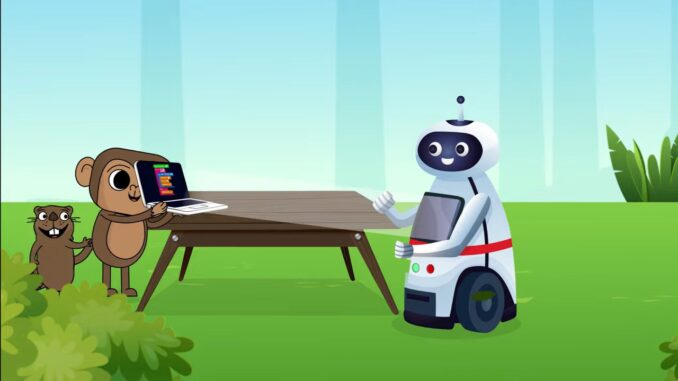
Source:youtube.com
Several free kids coding platforms are available today, specifically designed to introduce young learners to block coding. Let’s take a look at a few popular ones:
- Scratch: Scratch is a widely used block coding platform developed by the Lifelong Kindergarten Group at MIT. It offers a simple, intuitive interface where kids can create animations, games, and interactive stories by snapping blocks together.
- Blockly: Developed by Google, Blockly is a visual programming editor that can be integrated into various platforms and applications. It provides a wide range of blocks and allows kids to create their own puzzles and challenges.
- Code.org: Code.org is a nonprofit organization dedicated to expanding access to computer science education. They offer block coding courses and tutorials for kids of all ages and skill levels. The platform features popular themes like Minecraft and Star Wars to make learning even more exciting.
Conclusion
In conclusion, block coding for kids is an accessible and enjoyable way for young learners to dip their toes into the world of programming. Its visual nature, error reduction, immediate feedback, and gamified learning experience make it an ideal starting point for children interested in coding. With the help of free kids coding platforms like Scratch, Blockly, and Code.org, children can explore their creativity, problem-solving skills, and logical thinking while having fun. So, why wait? Start your child’s coding journey with block coding today!


